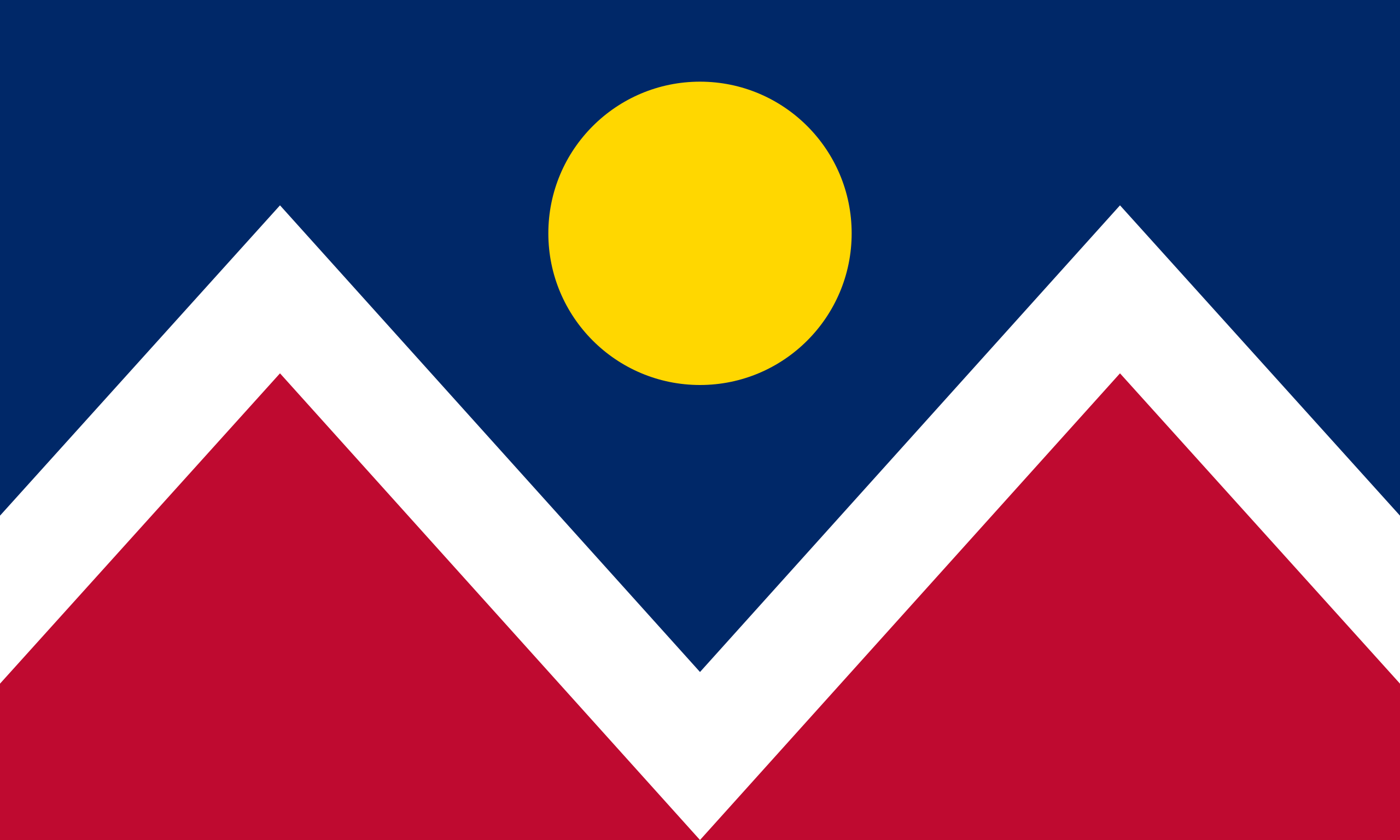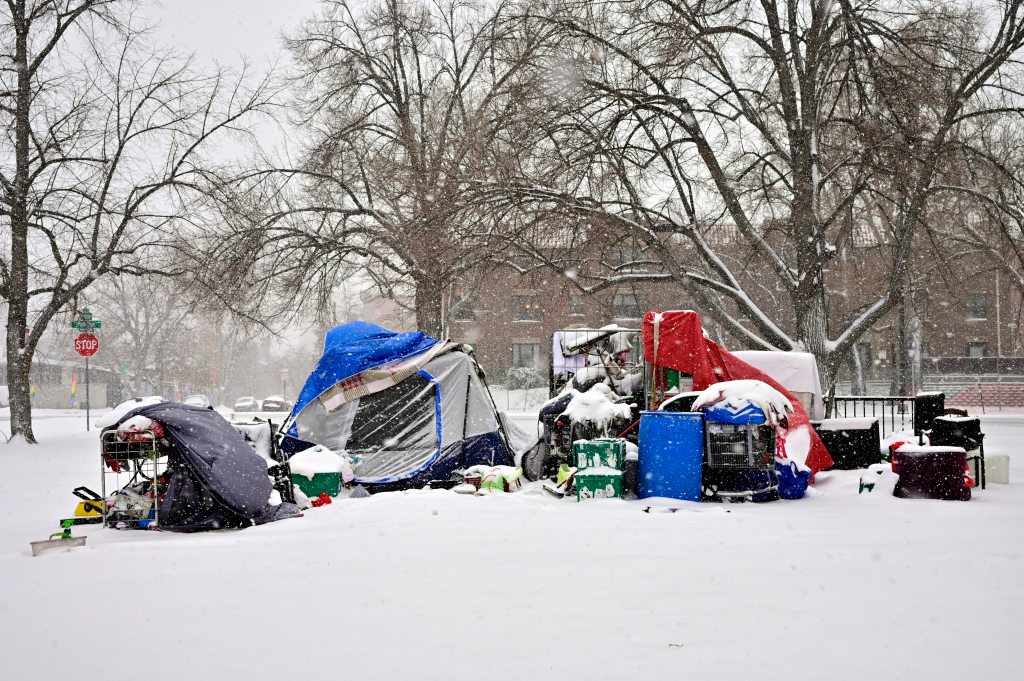- cross-posted to:
- denver_post_comments
- cross-posted to:
- denver_post_comments
Denver’s trigger point for activating extreme weather shelters during winter lags behind other frigid cities with large populations of homeless residents — 20 degrees Fahrenheit, up from a 10-degree threshold last year.
But a medical expert and advocates are pressing Mayor Mike Johnston to open shelters at 32 degrees and cancel sweeps of street camps when temperatures dip below freezing. New York, Seattle, Minneapolis and other cities have set thresholds at 32 degrees while also, like Denver, factoring in wind chill and snowfall.
Johnston wasn’t available to discuss the matter Tuesday but his administration issued a statement saying the mayor’s office is open to “re-evaluation.”
Hundreds of homeless metro Denver residents end up in hospitals for emergency treatment of hypothermia and frostbite, according to Dr. Joshua Barocas, an internal medicine and infectious disease physician at the University of Colorado’s Anschutz Medical Campus who sees homeless patients at the Denver Health Medical Center.
At one metro Denver hospital where an informal study was done during a cold month last winter, 49 patients were treated for hypothermia and frostbite, Barocas said. The costs of such treatment at hospitals around the city exceed $5 million a year, above the cost of a new, fully-staffed cold weather shelter, Barocas said, noting “it is incredibly frustrating that we have a system set up that allows people to get frostbite or hypothermia and suffer.”
Denver City Council members Shontel Lewis and Sarah Parady have proposed changing the city’s threshold and ban sweeps when temperatures drop below freezing, Denverite reported Monday. A hearing is set for Dec. 20. Denver’s current 20-degree mark reflects lobbying last year that led to a compromise to open cold weather shelters if the citywide capacity for sheltering homeless people is exhausted and National Weather Service forecasts include a wind chill advisory and more than two inches of snow or an overnight low temperature of 20 degrees or lower.
The threshold aligns with the average overnight winter low temperature in Denver, the city’s Cold Weather Shelter Plan says; about half the nights between December and March typically drop below 20 degrees.
But prolonged outdoor exposure to temperatures of up to 40 degrees can lead to frostbite and hypothermia, said Barocas, who recently briefed city leaders at a council meeting.
The first symptoms include an altered mental state: confusion and slurred speech easily misdiagnosed as intoxication. Body movements slow, sometimes with shivering. At the worst stages of hypothermia, people sit down as their heartbeats and breathing diminish.
Homeless advocates favor swift action before temperatures turn colder. A cold spell after Thanksgiving prompted city officials to open shelters. Denver police reported four deaths of people living on streets, and city health officials on Tuesday said drug overdoses likely were the cause. Opioids, in particular, can exacerbate the impacts of cold weather.
The Colorado Coalition for the Homeless supports the change, spokeswoman Cathy Alderman said. “It will save lives,” she said. “It will take pressure off the broader shelter system, which is at capacity.”
Last weekend when city officials directed their contractor, Bayaud Enterprises, to open cold weather shelters, more than 200 people came in, below a capacity of around 500, said Tammy Bellofatto, Bayaud’s director. “We don’t force people to come in.”
Staffers are available should the city direct a larger deployment, Bellofatto said.
A statement emailed by Johnston’s press secretary Jordan Fuja addressed the cold weather sheltering.
“Winter in Denver brings dangerously cold weather, and the city is committed to saving lives by bringing people indoors,” the statement said. “Last year, the city increased the threshold for emergency cold weather sheltering from 10 degrees to 20, and we are always open to continued re-evaluation of our policies to better serve Denver residents.”
Shelters around the city currently house more than 4,000 people, officials said, “and city outreach teams and first responders work through the night on cold nights to connect unsheltered residents to warm, safe shelter beds.”
Fuja added in a follow-up email that, “We are constantly re-evaluating our programs. As we evaluate the city’s cold weather sheltering plan, we have to consider the availability of city resources like staffing, space, and funding.”


